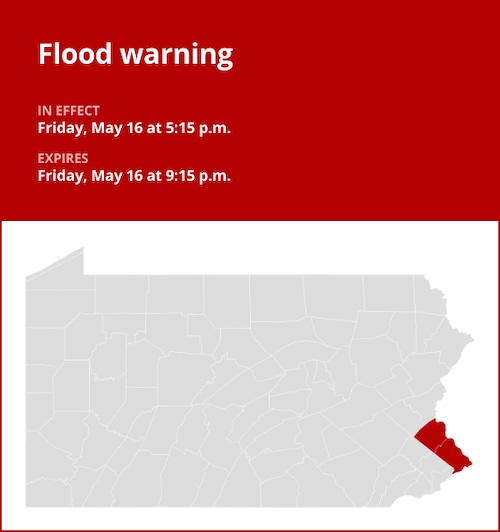Understanding Flash Floods: Causes, Impacts, and Safety Tips

Flash floods are among the most dangerous and unpredictable weather events. These sudden surges of water can transform streets into rivers, putting lives and property at serious risk. In recent years, many communities across the U.S. have faced the destructive power of flash floods, highlighting the urgent need to understand how they happen and how you can stay safe.
What Is a Flash Flood?
A flash flood is a rapid and intense flooding event. It often occurs within minutes or hours after heavy rainfall, dam failure, or the sudden release of water. Unlike regular floods, a flash flood can quickly catch people off guard. Low-lying urban areas and places near streams or rivers are particularly vulnerable.
Recent Real-Life Examples
Just recently, New Jersey experienced severe flash flooding as sudden storms swept through the region. Streets turned into rivers within moments, leaving cars stranded and residents rushing for safety. To see the direct impact, you can watch actual footage from Blackwood, New Jersey, where cars drive through flooded streets.
The threat is not limited to New Jersey. The Philadelphia area was hit by similar storms, causing widespread flooding and triggering tornado warnings. These stories reveal how quickly conditions can deteriorate during a flash flood, affecting urban regions and their transportation networks.
Flash Flood Warnings: What Do They Mean?
A flash flood warning is issued when conditions suggest that a flash flood is imminent or already occurring. It is crucial to act fast. For those in Bucks County, the National Weather Service issued a flood warning after persistent rainfall. The announcement emphasized moving to higher ground immediately and avoiding flooded roads.
Safety Tips During a Flash Flood
- Never drive through flooded roads. Just 12 inches of rushing water can sweep away most cars.
- Move to higher ground right away if you are in a flood-prone or low-lying area.
- Follow all evacuation orders from local authorities.
- Disconnect utilities and appliances if time allows, to prevent electrical hazards.
- Avoid walking through floodwaters. Even shallow moving water can knock you off your feet.
- Stay informed. Monitor local news and updates from the National Weather Service.
For a comprehensive list of safety tips, detailed explanations of warnings, and guidance on avoiding hazards during heavy rain, refer to this article on flood safety.
How to Prepare for a Flash Flood
Preparation is the best defense against flash floods:
- Know your risk. Understand whether your home or workplace is in a flood-prone area.
- Have an emergency plan. Make sure everyone in your household knows what to do and where to go if a flash flood strikes.
- Create an emergency kit that includes bottled water, food, medications, and other essentials.
- Sign up for local alerts so you receive real-time warnings.
Conclusion
Flash floods can strike with little warning, but with knowledge and preparation, you can protect yourself and those you care about. Stay alert to weather changes, heed official warnings, and never underestimate the power of moving water. For real-time updates and dramatic footage, check out reports from Blackwood, NJ and Philadelphia. Being informed and prepared is the first step to staying safe during a flash flood.